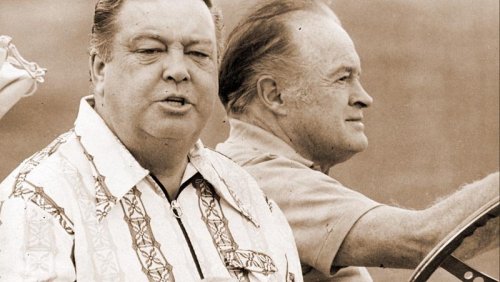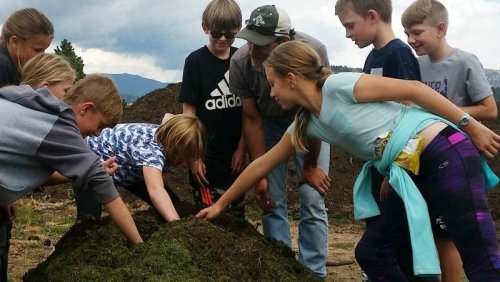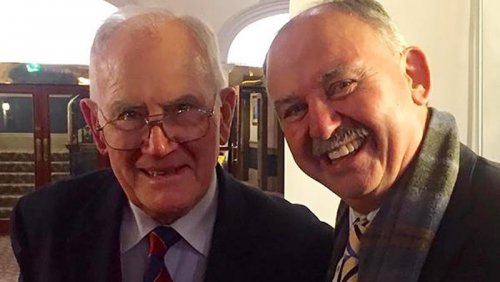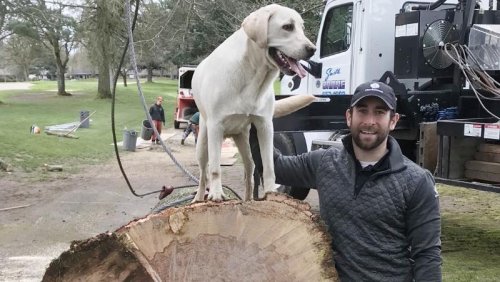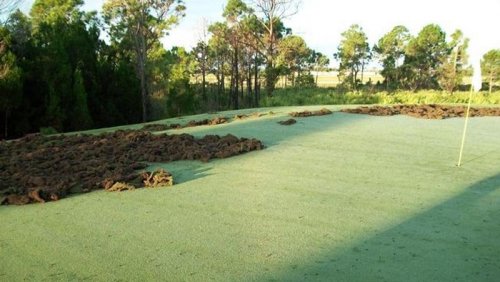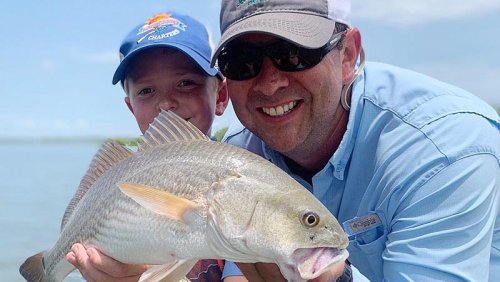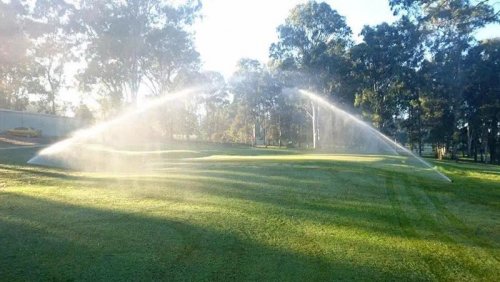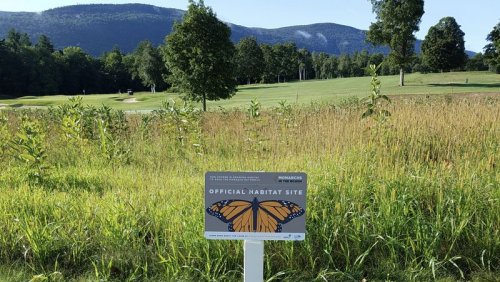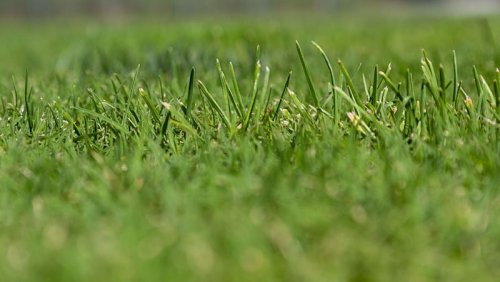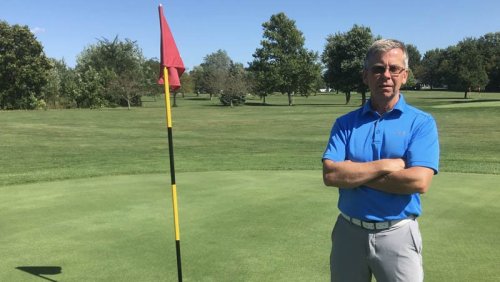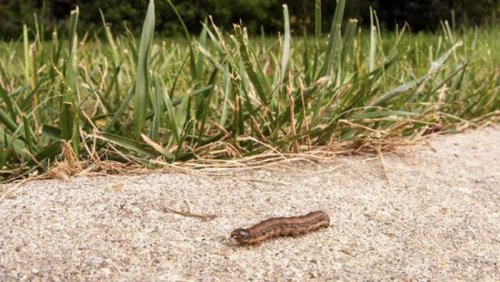

Editor's note: This is the first in a series of stories focused on Bayer's Women in Golf event held recently at the company's facilities in Clayton and Cary, North Carolina.
Looking back on nearly three decades of experience in the golf turf industry, Kim Erusha, Ph.D., says some of the best leadership advice she ever received stems from an analogy about basketball.
"We all grew up playing basketball in my family, and my dad always told us to just shoot the ball," Erusha said. "He said they only count the points, not the misses.
"In life, it's easy to be indecisive because you never know if you are going to make the right decision. Just make a decision. Just shoot the ball."
Erusha, whose long career with the USGA which includes the past 10 years as managing director of the Green Section, comes to a close at the end of the month as part of a restructuring in New Jersey, recently was at the Bayer Environmental Science facility in Clayton, North Carolina, where she talked to a group of 50 other women about industry trends and challenges specific to them.
The group included superintendents, assistants, representatives from academia and sales.
Erusha, who holds a bachelor's degree in horticulture from Iowa State, and master's and doctoral degrees in agronomy from the University of Nebraska, said she is more comfortable talking about agronomy than she is discussing career advice.
She offered the crowd career advice tips, shared her biggest pet peeves and examples of the best advice she ever received - like "just shoot the ball."
To be successful, it is important for folks to find something they are passionate about and to fuel that passion every day. It also is critical to differentiate yourself from others.
For Erusha, that has meant being a technically sound scientist.
"Your goal should be to be as technically sound as possible in the role you are in," she said. "That is how you are going to be able to move around in this industry.
"You never know when an amazing opportunity can come your way in the industry. I never thought when I graduated from Iowa State as a horticulture major that I would be a leader in the golf industry years later, so you never know what those opportunities are that will come your way."
Following that line of thought helped Erusha grow throughout her 28-year career with the USGA, where she started as a technical writer and then progressed to director of education and eventually as the head person in charge of the Green Section.
Finding and nurturing your passion, Erusha said, is all about bringing a little extra to your position for your employer.
"You have to identify your own perspective of what you bring to the industry," she said. "You have to answer that question of what added value you are bringing to an organization and how you move the organization forward."
Renee Geyer, right, of Firestone Country Club in Akron, Ohio and Morgan Creighton of Glencoe Golf and Country Club in Calgary go through an exercise at Bayer's Women in Golf conference. Photos by John Reitman For many of the women at this conference, part of their responsibility now is to be a mentor for other women in the business.
Among those in attendance was Renee Geyer, who has worked at Firestone Country Club in Akron, Ohio for 11 years, including the past three as superintendent.
"This has made me feel totally empowered," Geyer said. "I've met a whole new family here, who I can now go to with anything, and who can come to me."
Much of Erusha's advice centered around ethics and "staying focused on your own moral compass," she said.
That includes owning mistakes, correcting them and moving on, putting the interests of the team (i.e., crew and employer) ahead of self interests, and building credibility with subordinates and members by saying what you mean and meaning what you say.
"Don't lose focus on your own moral compass. When you lose it, it is hard to gain it back," Erusha said. "Following your moral compass is how you build trust with others."
Early in her career, before she began working with the USGA, Erusha spent two years driving a truck for a lawncare service provider. That time helped her hone many of the skills needed to be successful throughout her career.
"I loved that job," she said. "It taught me a lot about horticulture communications. I worked with a team and also independently. It was a great way to learn a lot of things about customer service, efficiency and planning."
The rest of her career was spent with the USGA, which earlier this year announced that several changes to the Green Section's structure would be coming throughout the year. At least a dozen employees, including agronomists, support staff and researchers have left since spring, including Erusha who accepted an early retirement buyout that goes into effect in October.
"I'm looking for that next opportunity," she said. "I have a lot to offer the golf industry, and I'm excited to see what that next opportunity is."
- Read more...
- 2,062 views

